Photographing free time in South Korea: rare days off captured in new book
Free time is hard-earned in South Korea. In Seunggu Kim's new photography book 'Better Days,' he captures the beauty of the country at play
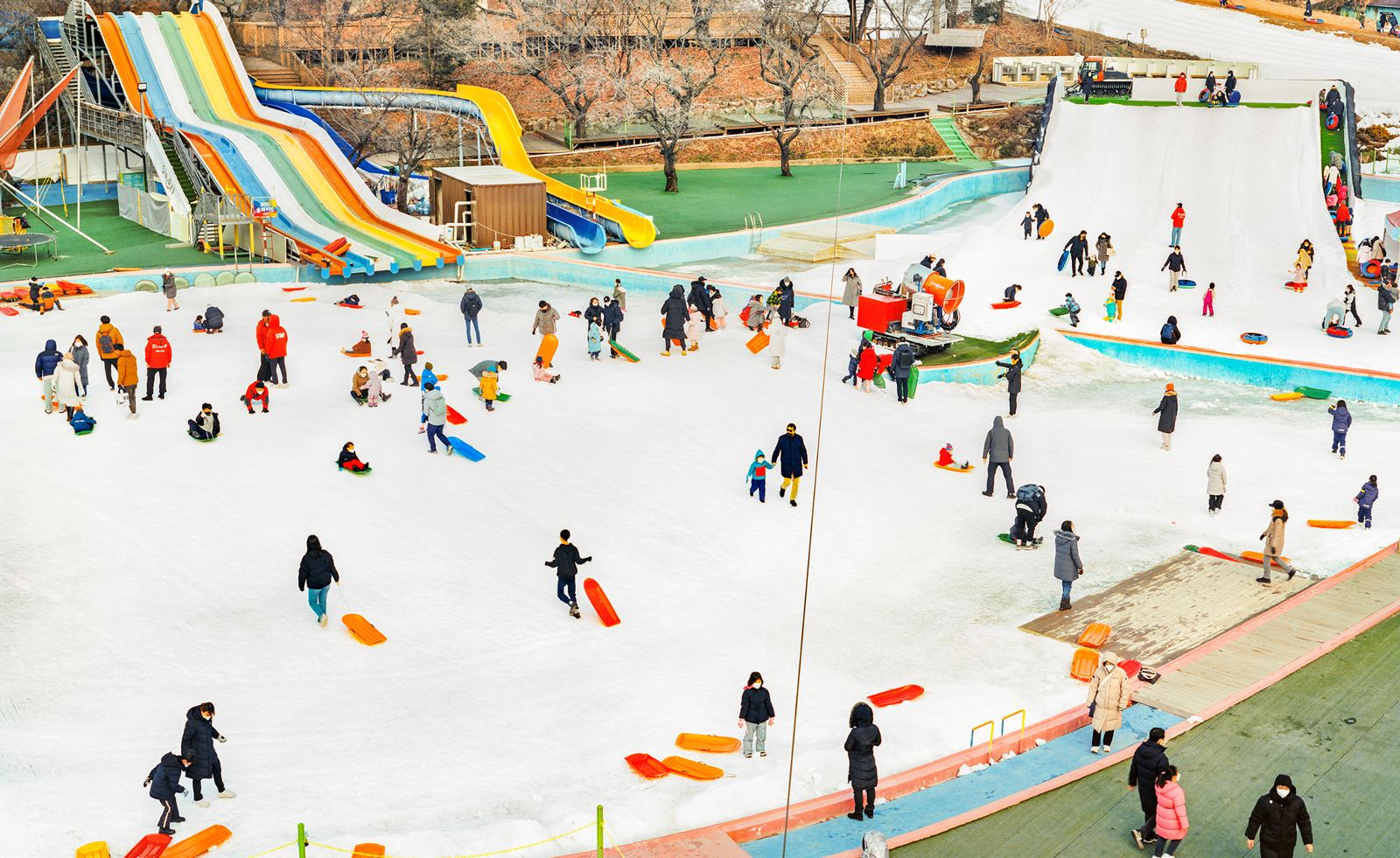
Leisure time is limited in South Korea. A combination of factors, from the rapidly developing economy over the last 40 years to long working hours, mean enjoying free time has become more challenging for the South Korean population.
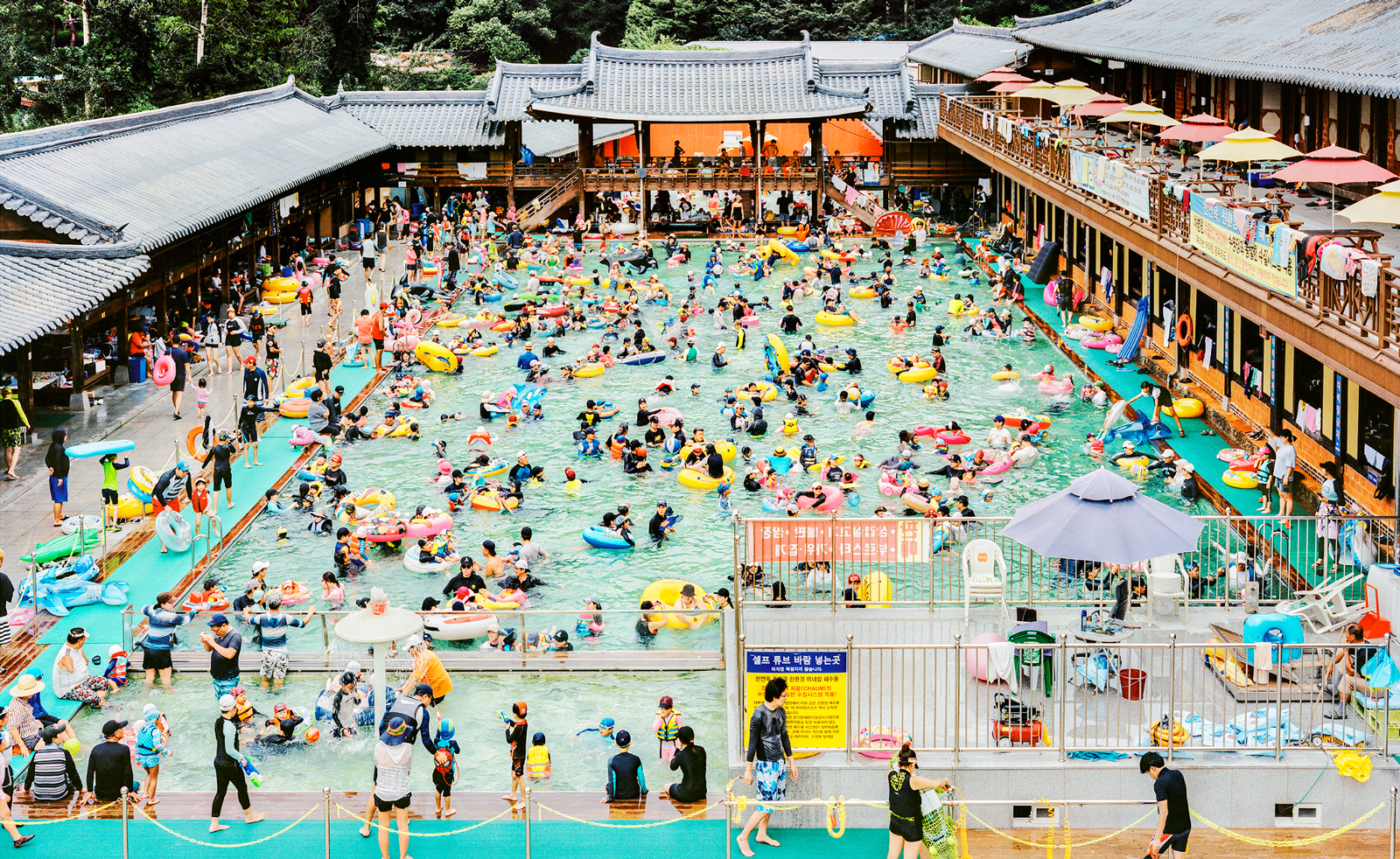
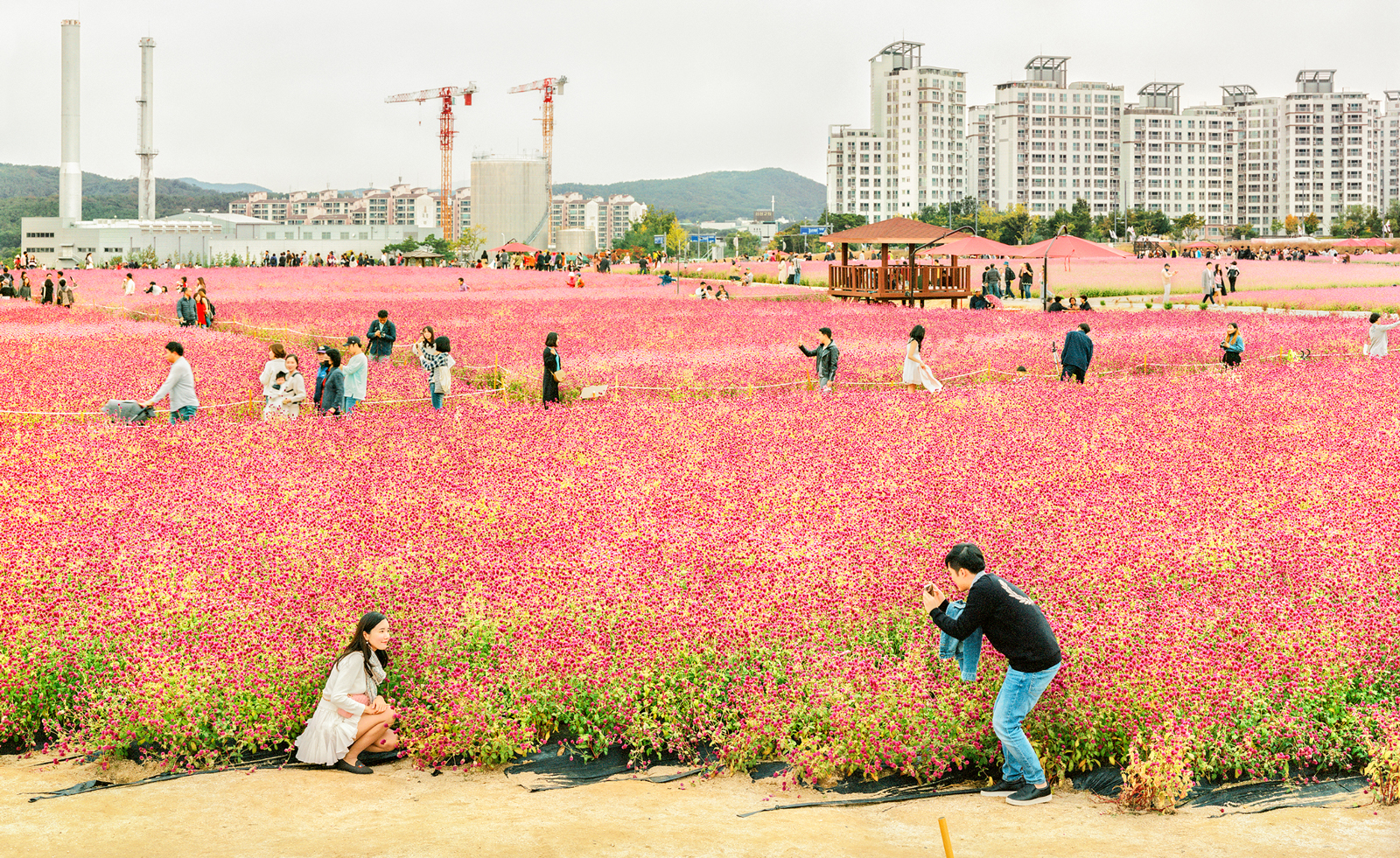
It is a shift recognised by photographer Seunggu Kim, who has documented the fast-paced lifestyle and community’s hard-won enjoyment despite the challenges in new photography book, Better Days. With many Koreans only taking half of their holiday allowance, and choosing to spend it at home due to the time restrictions which come with travel, there is a burgeoning culture of urban leisure facilities. In Kim’s images, communities gather in lakes, water parks and fields of flowers, finding joy in the quotidian.

A graduate of Korea National University of Arts and Sangmyung University, Kim has closely observed the role of tradition in Korean suburban life in images which span the climate, leisure and urbanity. ‘The individual leisure activities in the photographs in Better Days are clustered around this foundation of ‘pragmatism’ and ‘community- orientated individualism’,’ Kim says. ‘The Korean’ order of coexistence’, the communal values that refer to and complement each other, are firmly entrenched in a long historical narrative. Ordinary leisure activities, chosen by individuals, are gathered in a single square frame, expanded and arranged into dozens or hundreds of moments, forming multi-layered relationships and coexisting.’
For editor, writer and educator Simon Bainbrige, author of the Better Days text, Kim’s panoramas are singular in their elevation of people and places into architectural symbols. ‘In the complex networks of pathways and boundaries, we see how we are shaped by our environment,’ he adds. ‘He draws our attention to the outer edges to show us the workings of things. And in many of the pictures, the spectacle itself is absent, or peripheral. At a cherry blossom festival in Gwangmyeong, we see crowds converging from all directions upon a small amphitheatre. Yet we are presented with a rear view of the stage facade and a cluster of service tents, the nearest of which opens to reveal bored security staff sat around a table, indifferent to the focus of everyone else’s attention.’
Seunggu Kim, Better Days, is published by Kehrer Verlag
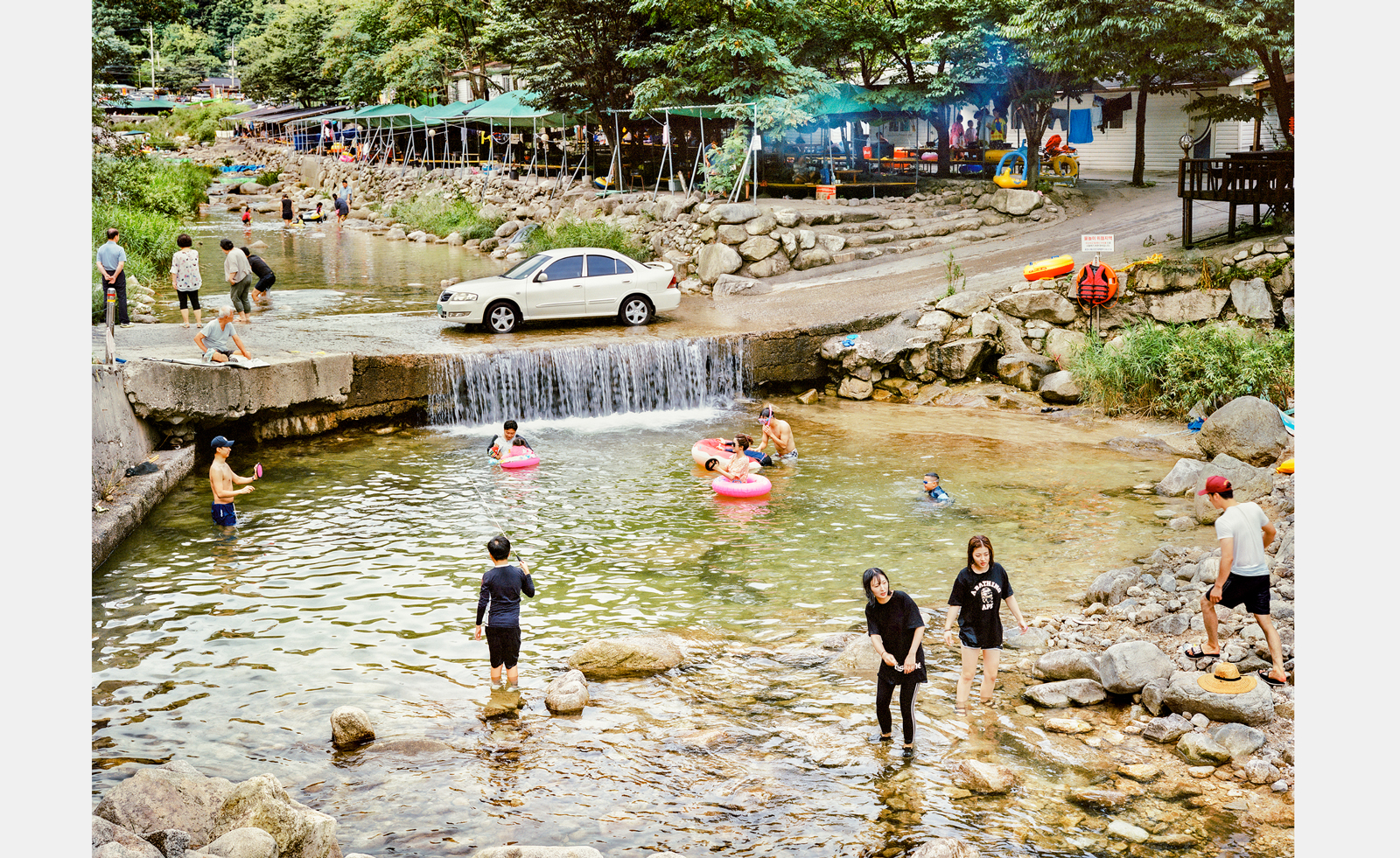
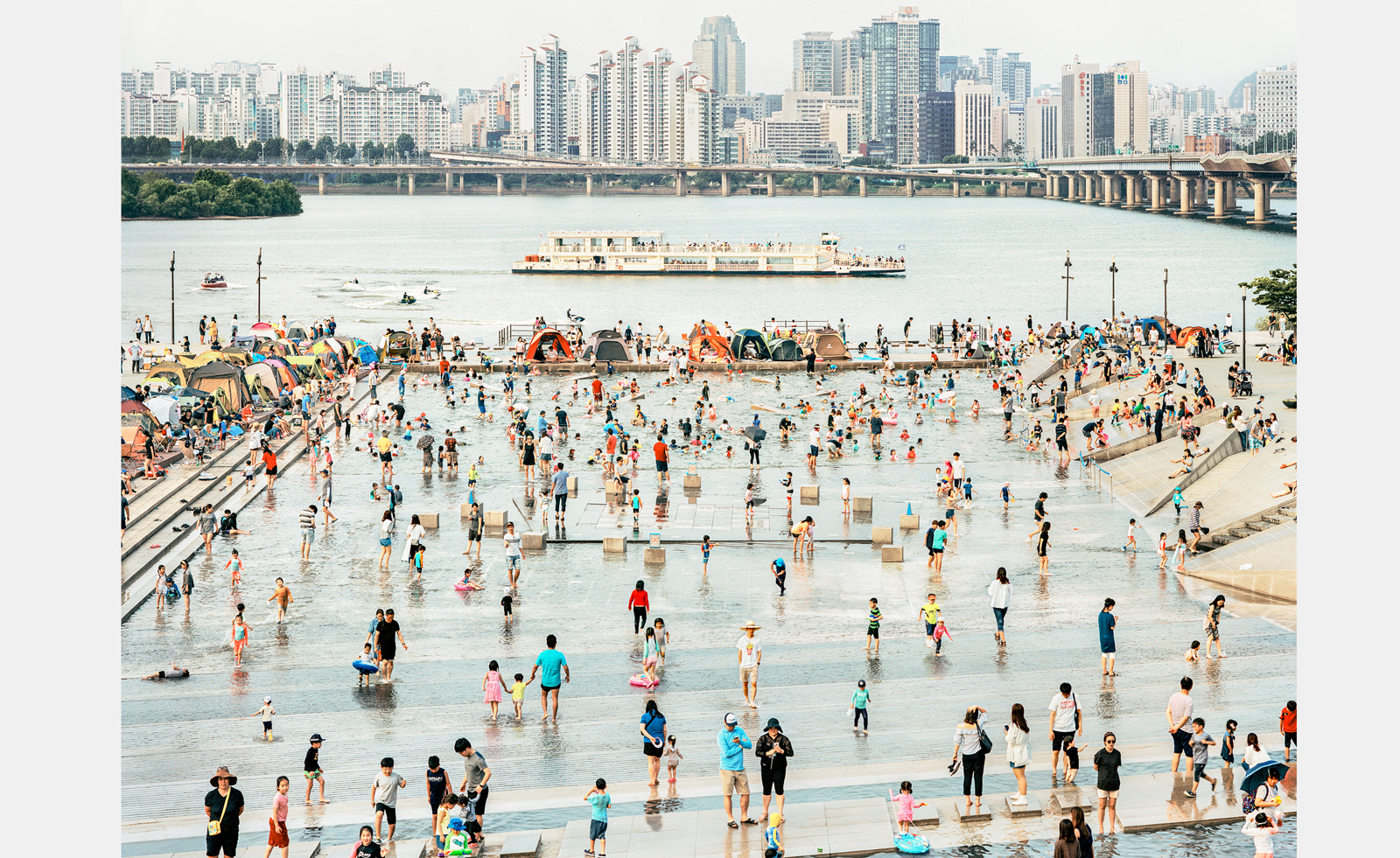
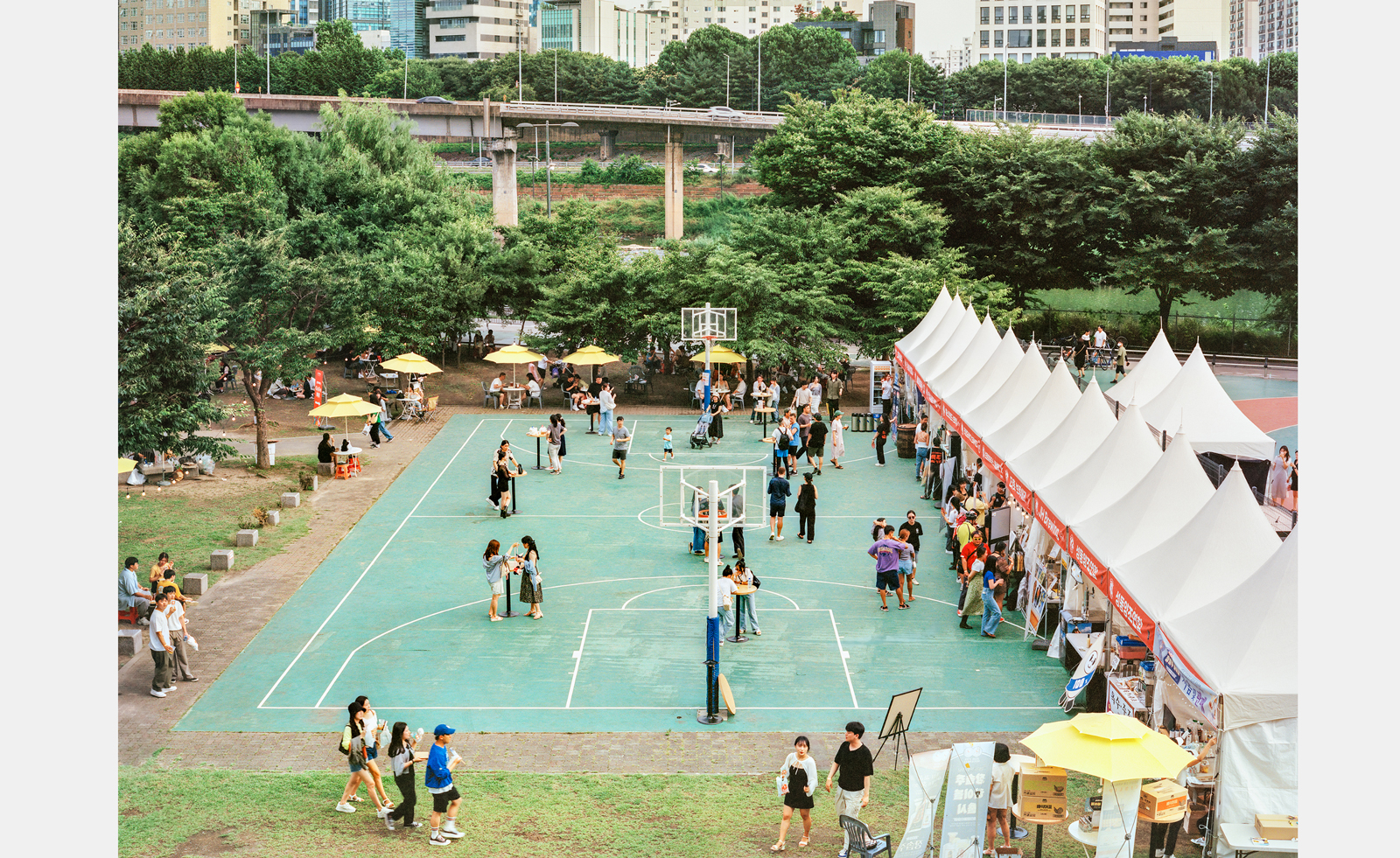
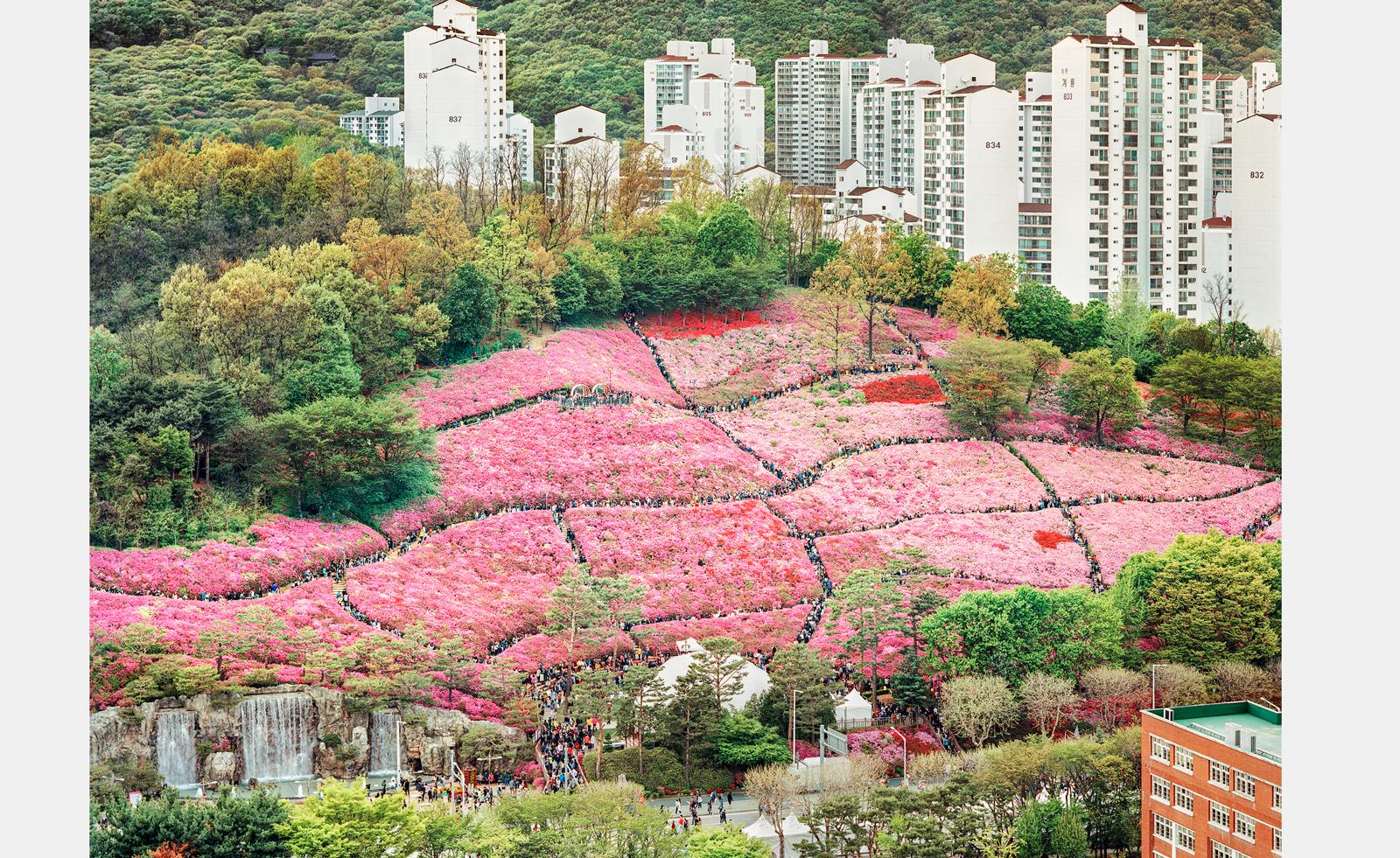
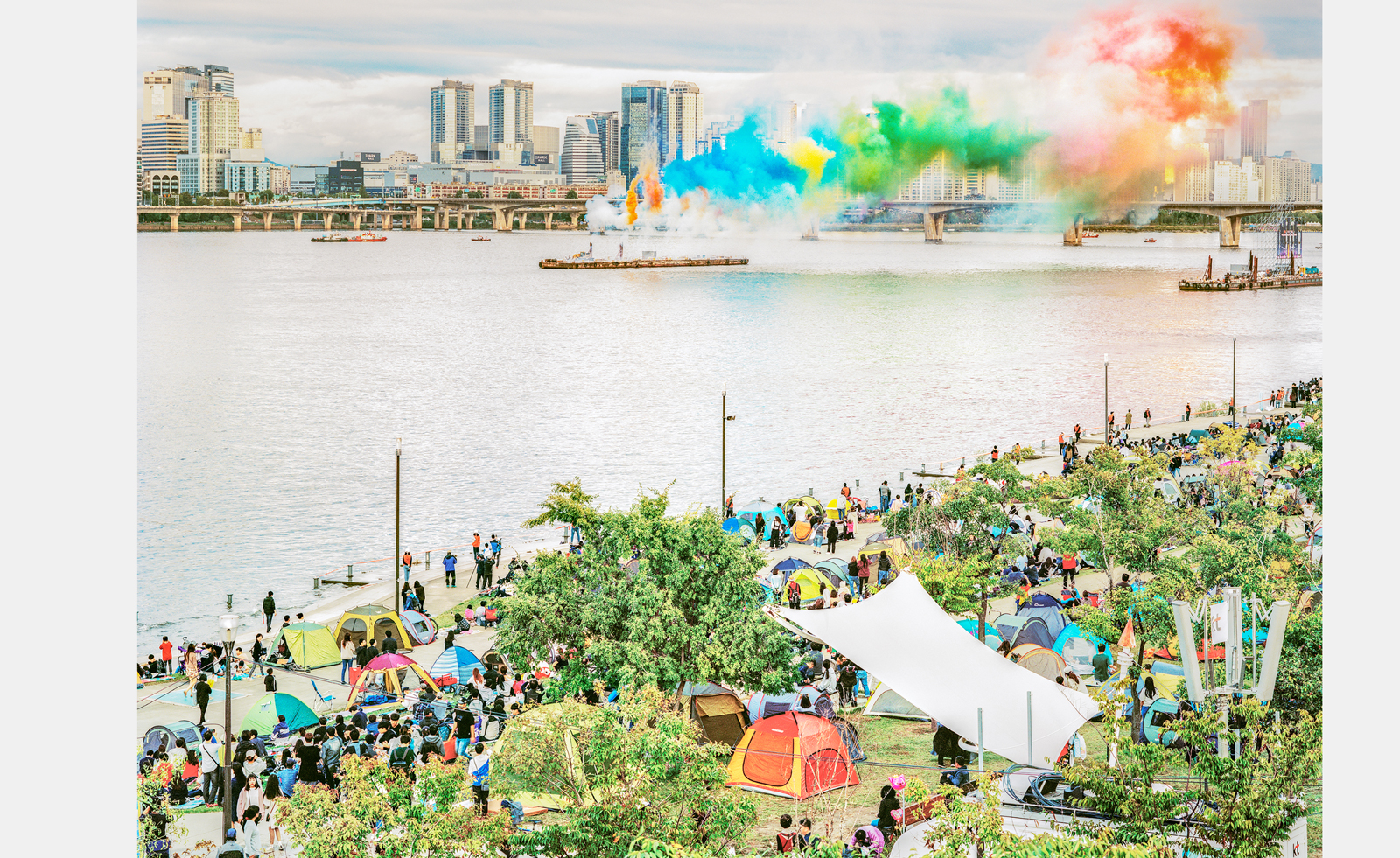
Wallpaper* Newsletter
Receive our daily digest of inspiration, escapism and design stories from around the world direct to your inbox.
Hannah Silver is the Art, Culture, Watches & Jewellery Editor of Wallpaper*. Since joining in 2019, she has overseen offbeat design trends and in-depth profiles, and written extensively across the worlds of culture and luxury. She enjoys meeting artists and designers, viewing exhibitions and conducting interviews on her frequent travels.
-
 Extreme Cashmere reimagines retail with its new Amsterdam store: ‘You want to take your shoes off and stay’
Extreme Cashmere reimagines retail with its new Amsterdam store: ‘You want to take your shoes off and stay’Wallpaper* takes a tour of Extreme Cashmere’s new Amsterdam store, a space which reflects the label’s famed hospitality and unconventional approach to knitwear
By Jack Moss
-
 Titanium watches are strong, light and enduring: here are some of the best
Titanium watches are strong, light and enduring: here are some of the bestBrands including Bremont, Christopher Ward and Grand Seiko are exploring the possibilities of titanium watches
By Chris Hall
-
 Warp Records announces its first event in over a decade at the Barbican
Warp Records announces its first event in over a decade at the Barbican‘A Warp Happening,' landing 14 June, is guaranteed to be an epic day out
By Tianna Williams
-
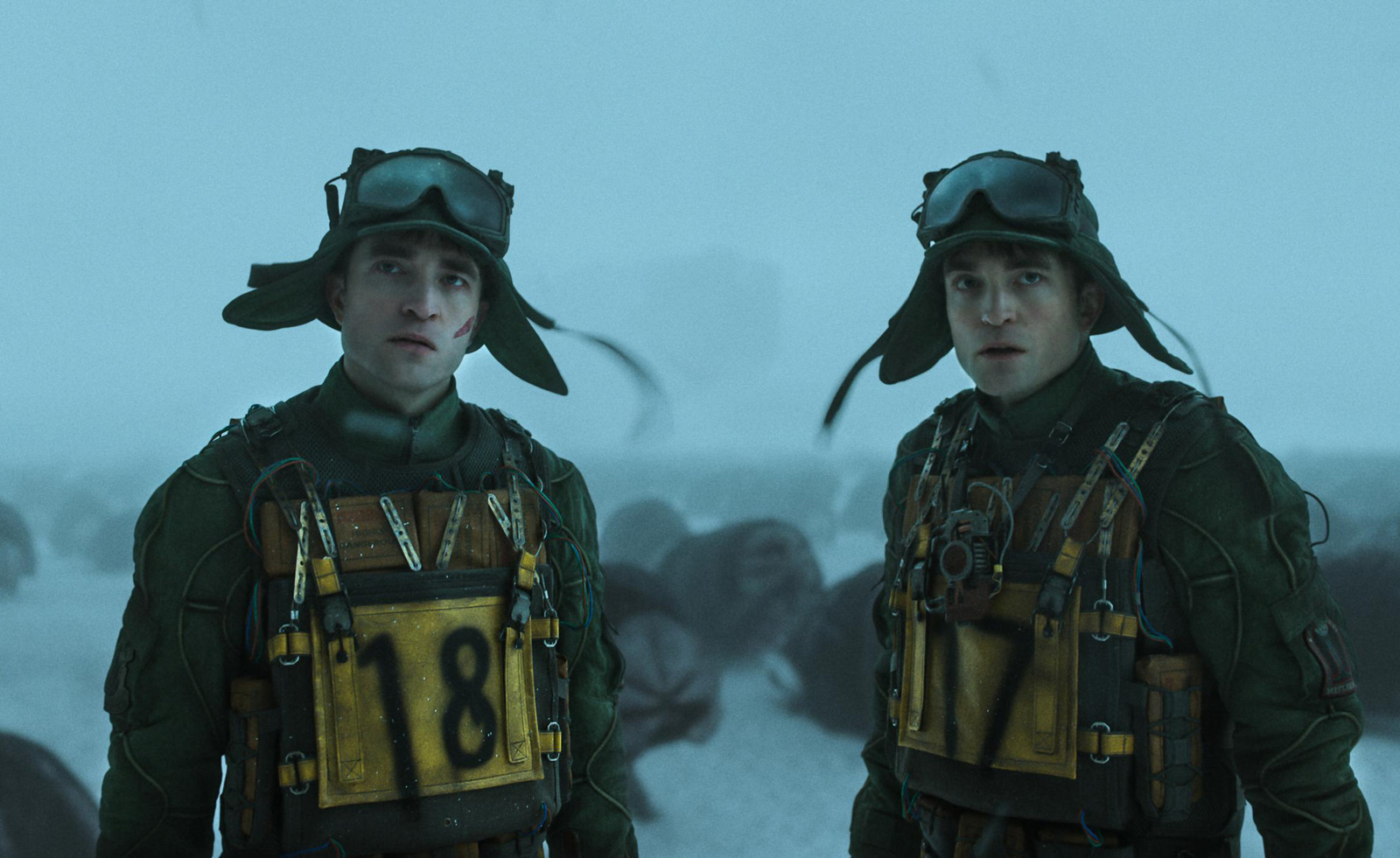 Bong on Bong: the Mickey 17 and Parasite director looks back on his career
Bong on Bong: the Mickey 17 and Parasite director looks back on his careerAs sci-fi romp Mickey 17 prepares to hit the big screen, Oscar-winning director Bong Joon Ho reflects on his career so far
By James Balmont
-
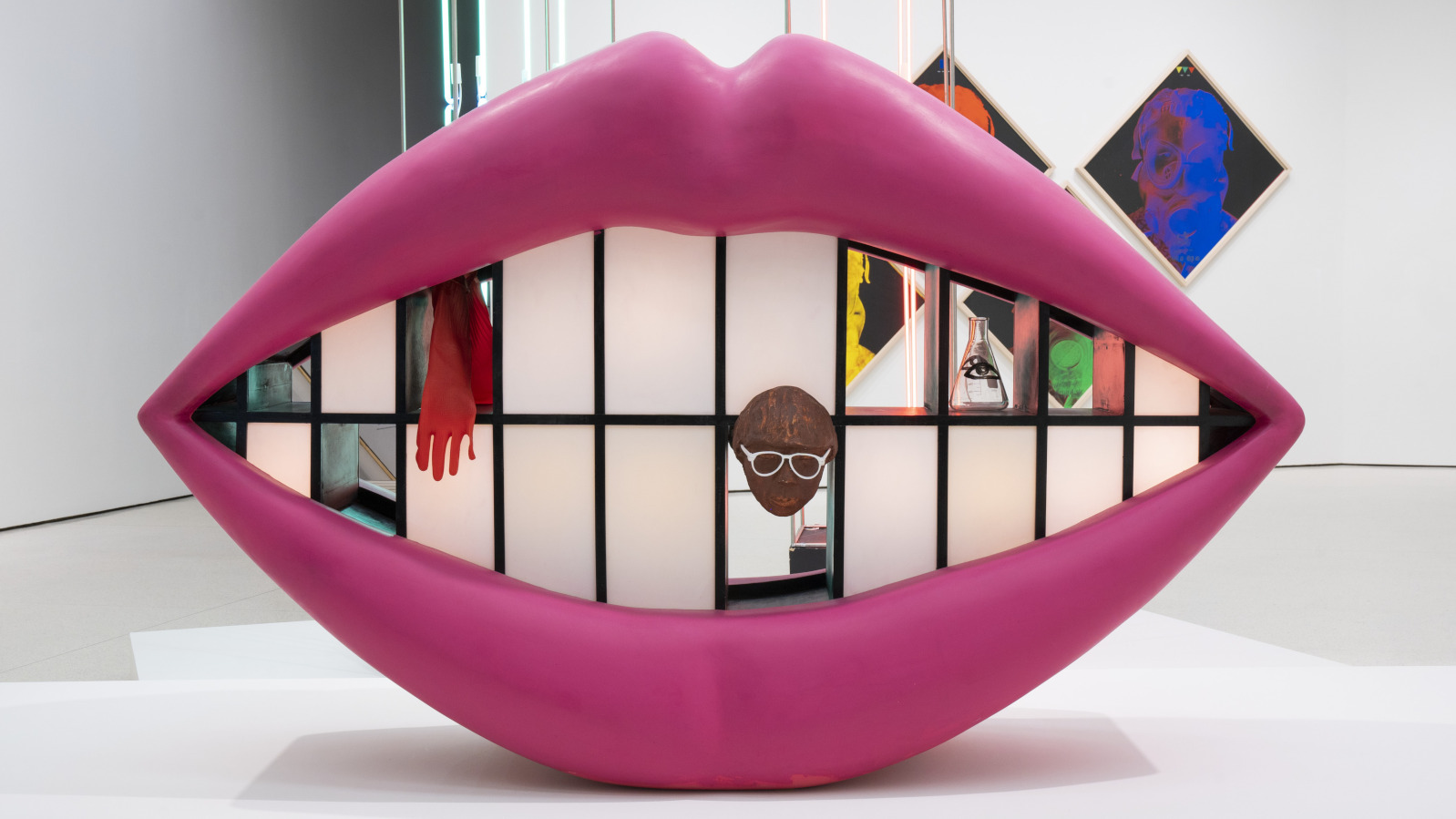 An avant-garde Korean art movement resurfaces in LA
An avant-garde Korean art movement resurfaces in LALA's Hammer Museum gets its teeth into avant-garde Korean art with ‘Only the Young: Experimental Art in Korea, 1960s–1970s’
By Anne Soward
-
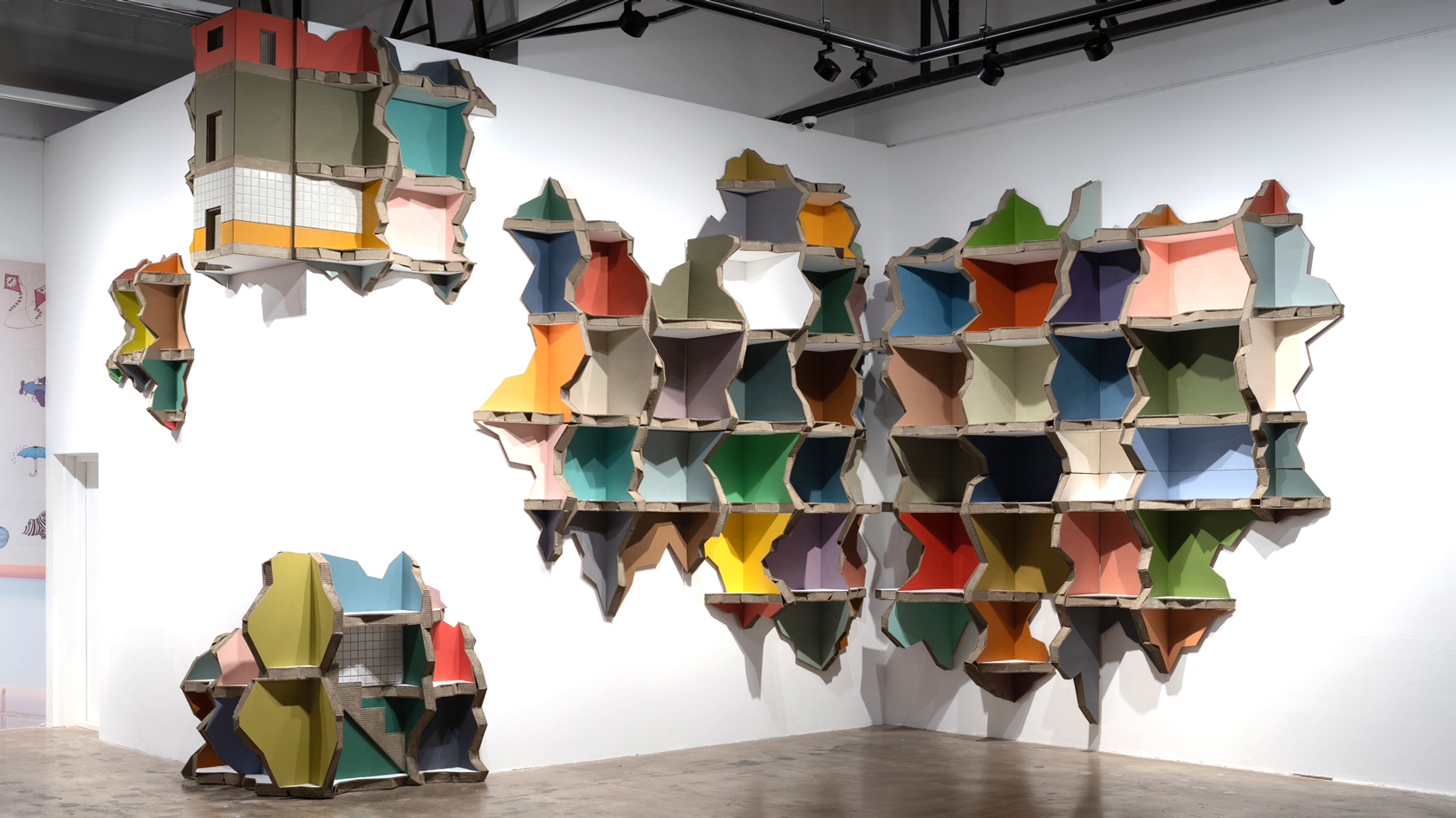 14th Gwangju Biennale review: a stage for new voices and ancient ideas
14th Gwangju Biennale review: a stage for new voices and ancient ideasSouth Korea’s 14th Gwangju Biennale (until 9 July 2023) takes water as its central theme, in which climate, Daoism, historical trauma, local craft and voices of the marginalised float to the surface
By Will Jennings
-
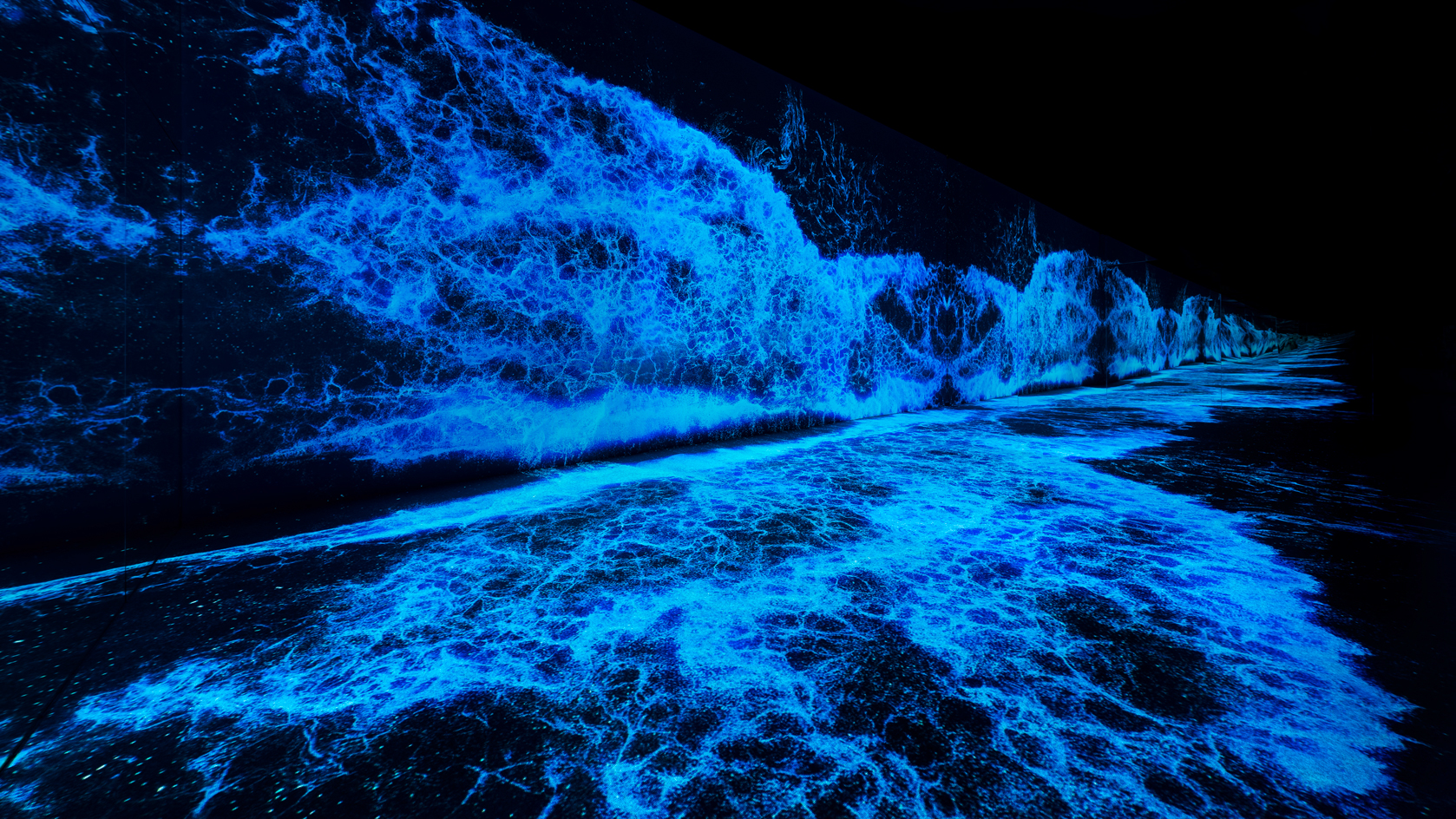 A’strict: the South Korean digital art collective bringing nature to urban life
A’strict: the South Korean digital art collective bringing nature to urban lifeAs part of our Generation Generative series, we spotlight a’strict, the artistic unit of South Korean digital media design company d’strict, whose immersive art aims to bring viewers closer to nature
By SuhYoung Yun
-
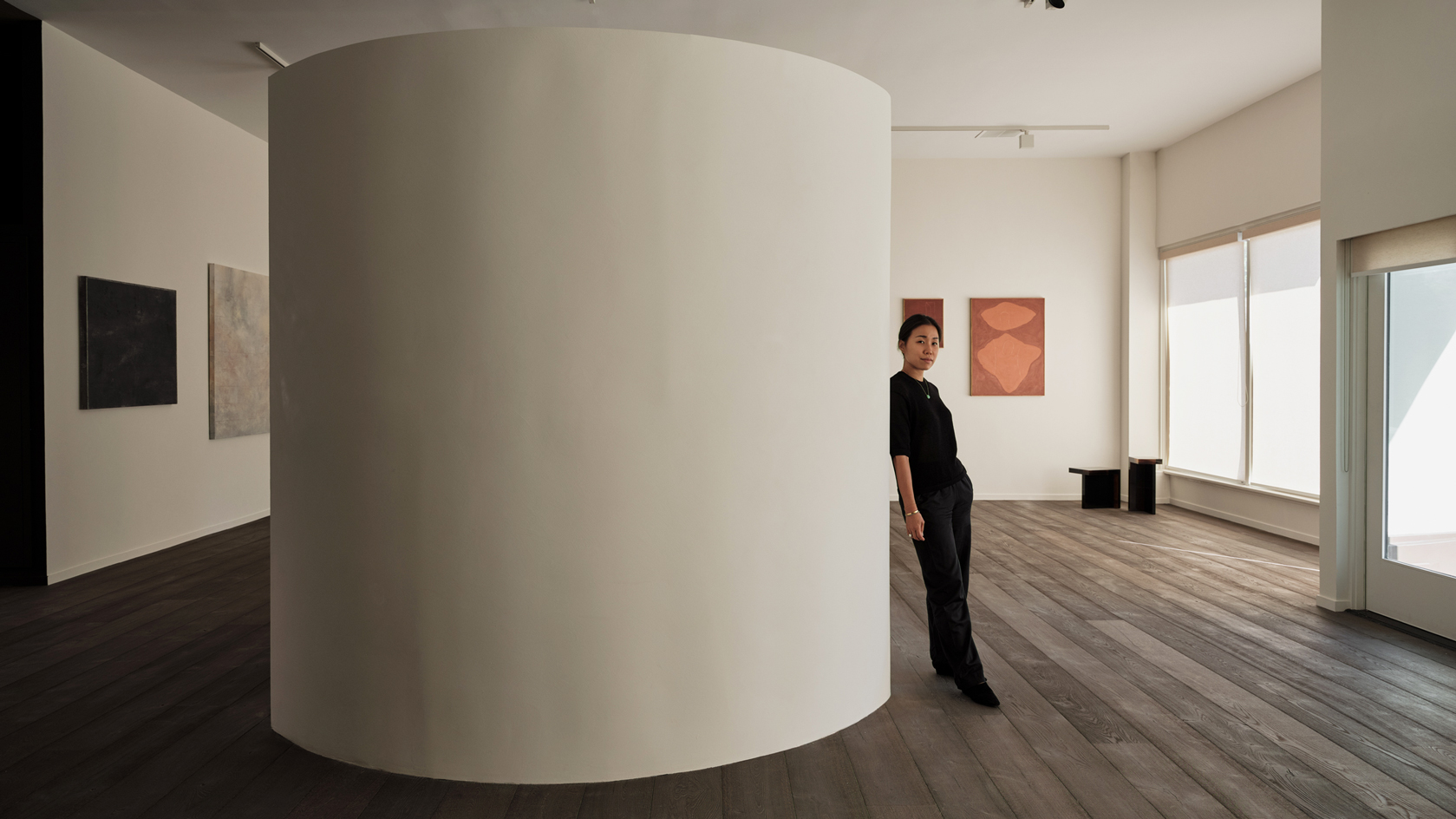 Francis Gallery Los Angeles is a haven of harmony, natural materials and Korean art
Francis Gallery Los Angeles is a haven of harmony, natural materials and Korean artWe speak to gallerist Rosa Park, founder of the new Francis Gallery Los Angeles, which has opened with a show of six emerging and established Korean artists
By Tilly Macalister-Smith
-
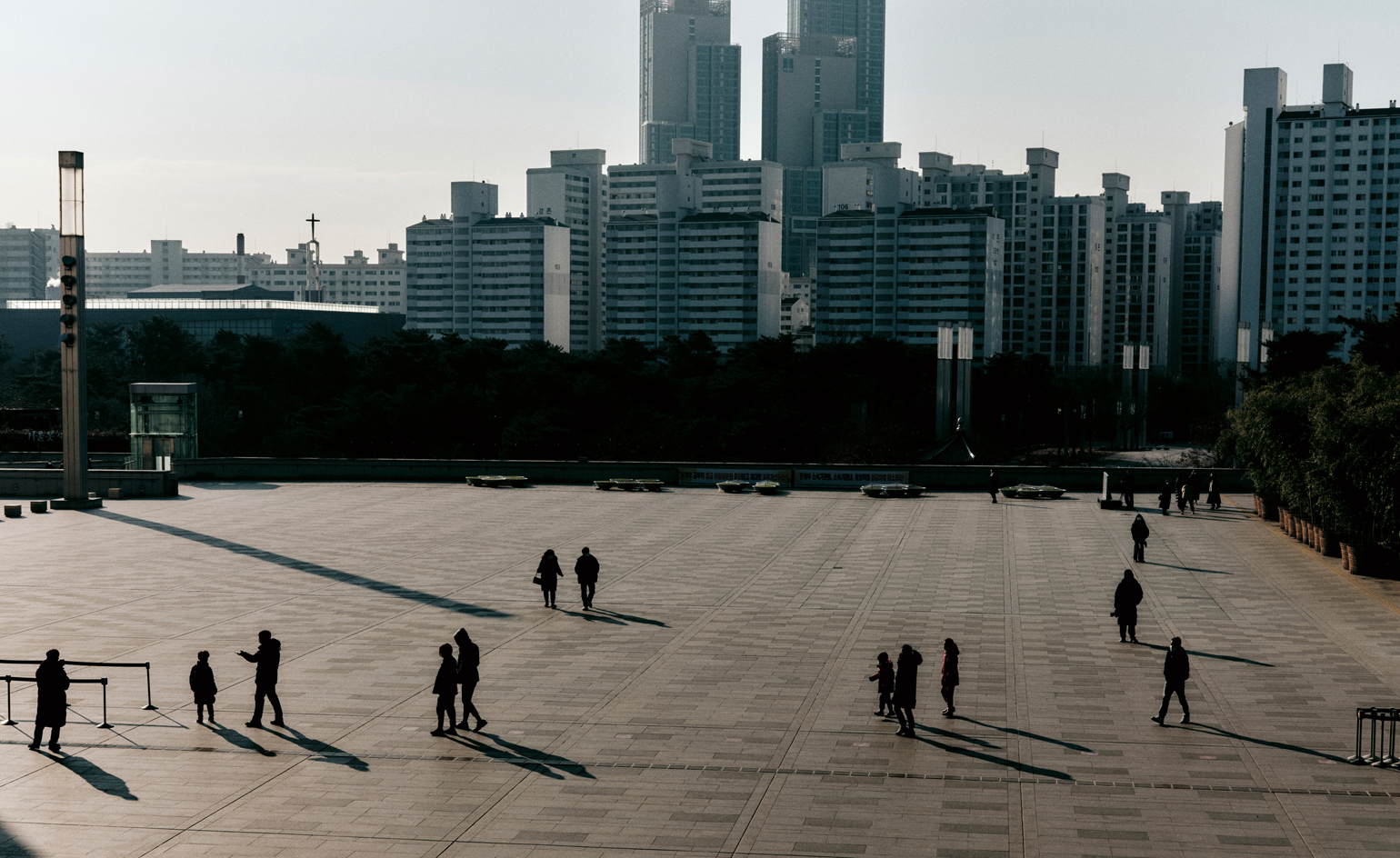 K-style: understanding the rise of Korea’s creative golden age
K-style: understanding the rise of Korea’s creative golden ageSpanning music, fashion, design and food, a new book, Make Break Remix explores the global rise and rise of Korean culture
By SuhYoung Yun
-
 Seoul tour: a culture trip through the South Korean capital
Seoul tour: a culture trip through the South Korean capitalWith new galleries and bustling bars, all eyes are on the South Korean capital. Our ‘Postcard from Seoul’ guided tour explores the cultural must-sees of the moment
By Harriet Lloyd-Smith
-
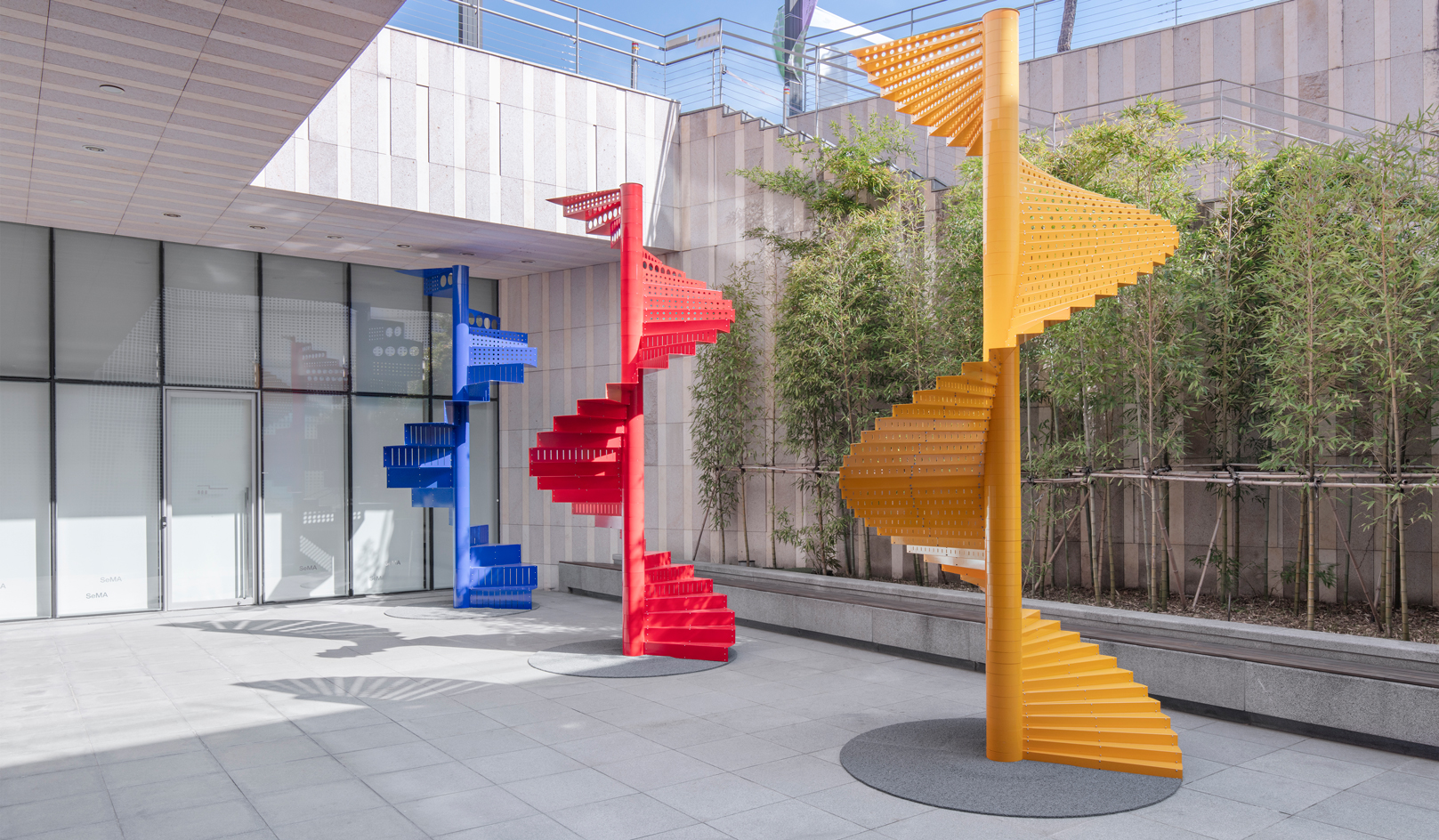 Inside Na Kim's vibrant playground for all ages
Inside Na Kim's vibrant playground for all agesSouth Korean graphic designer Na Kim's ‘Bottomless Bag’, installed at Buk-Seoul Museum of Art, is a vivid, geometrical exploration of memory and everyday objects. We offer a virtual tour and find out how the concept came to be
By Andy St Louis